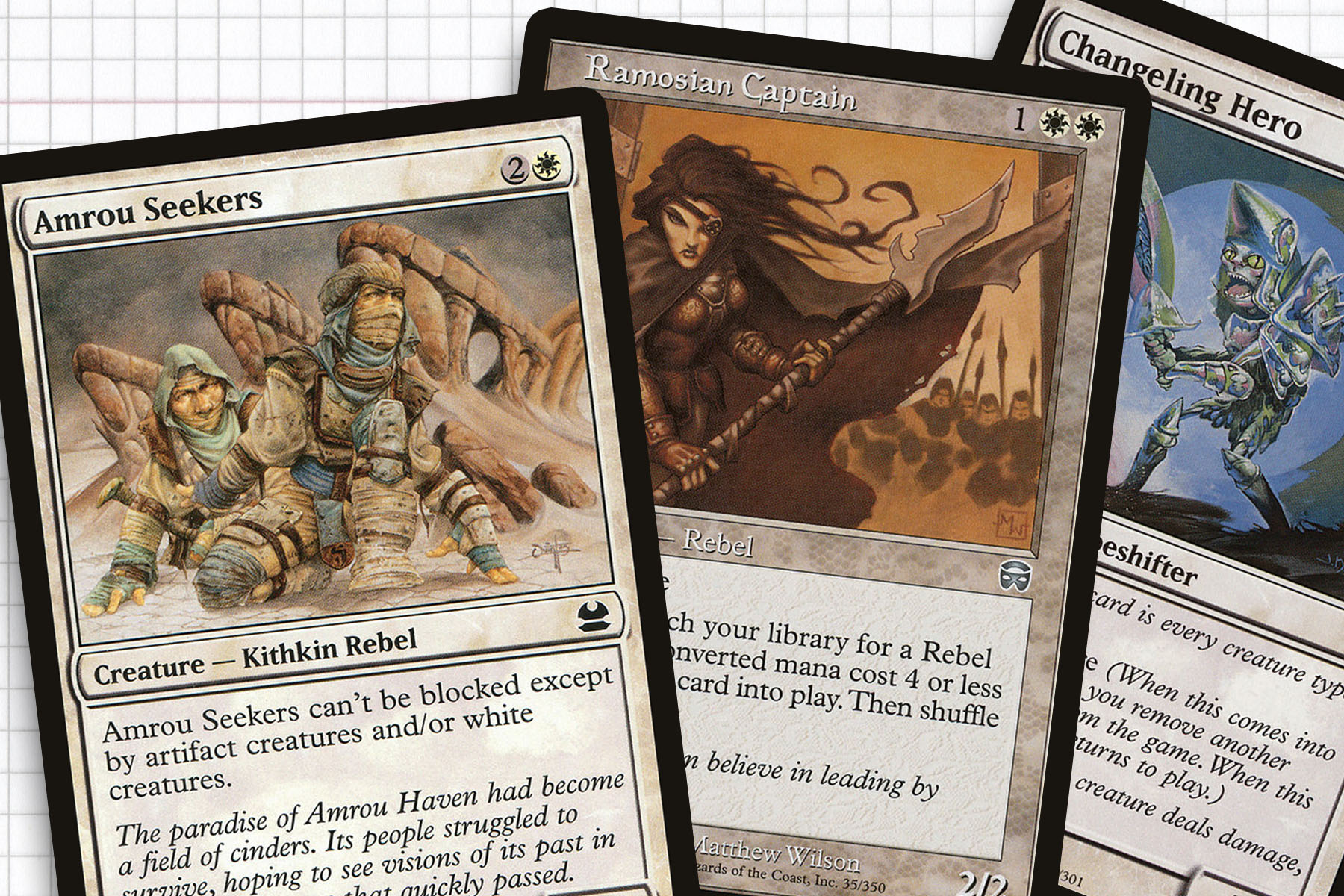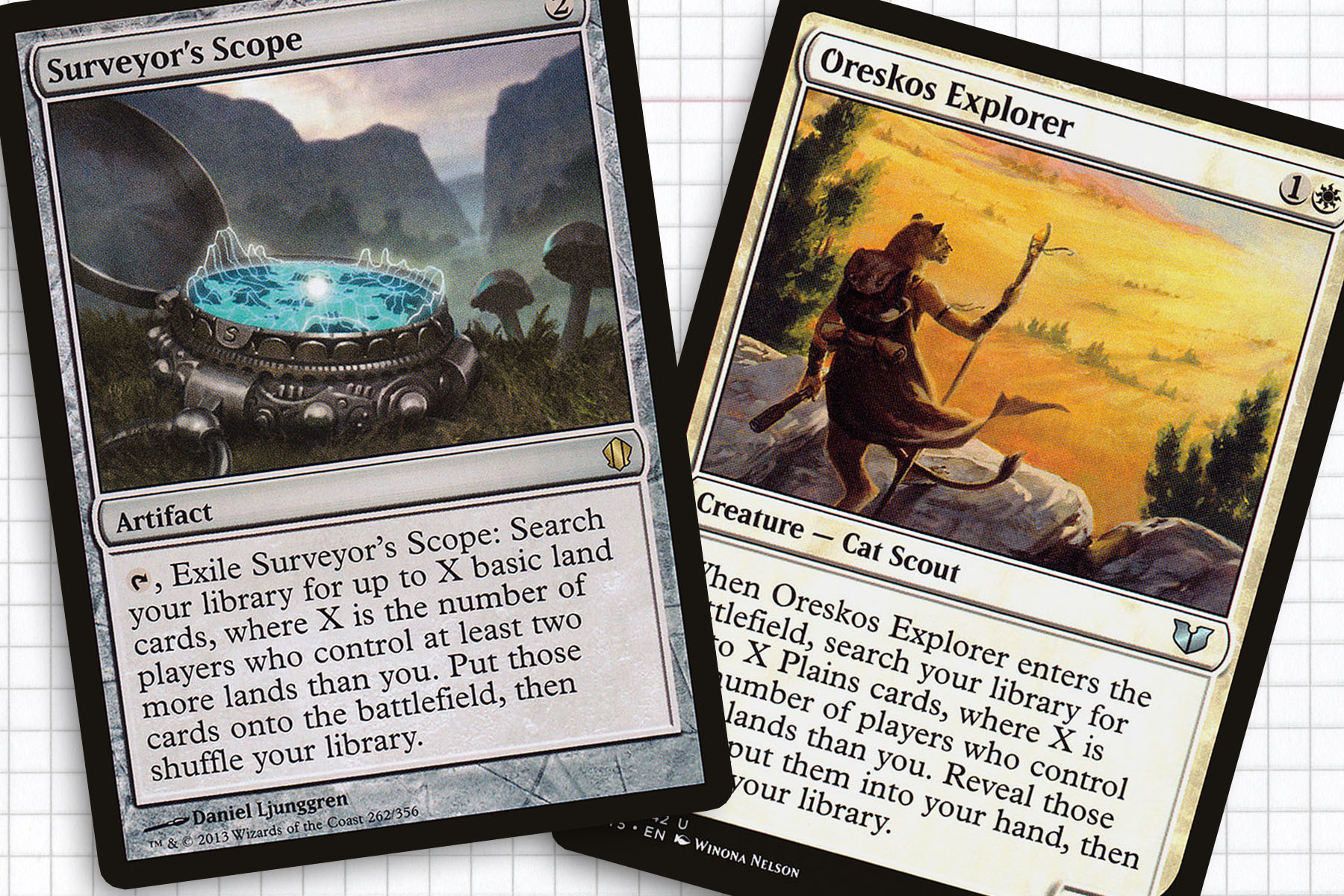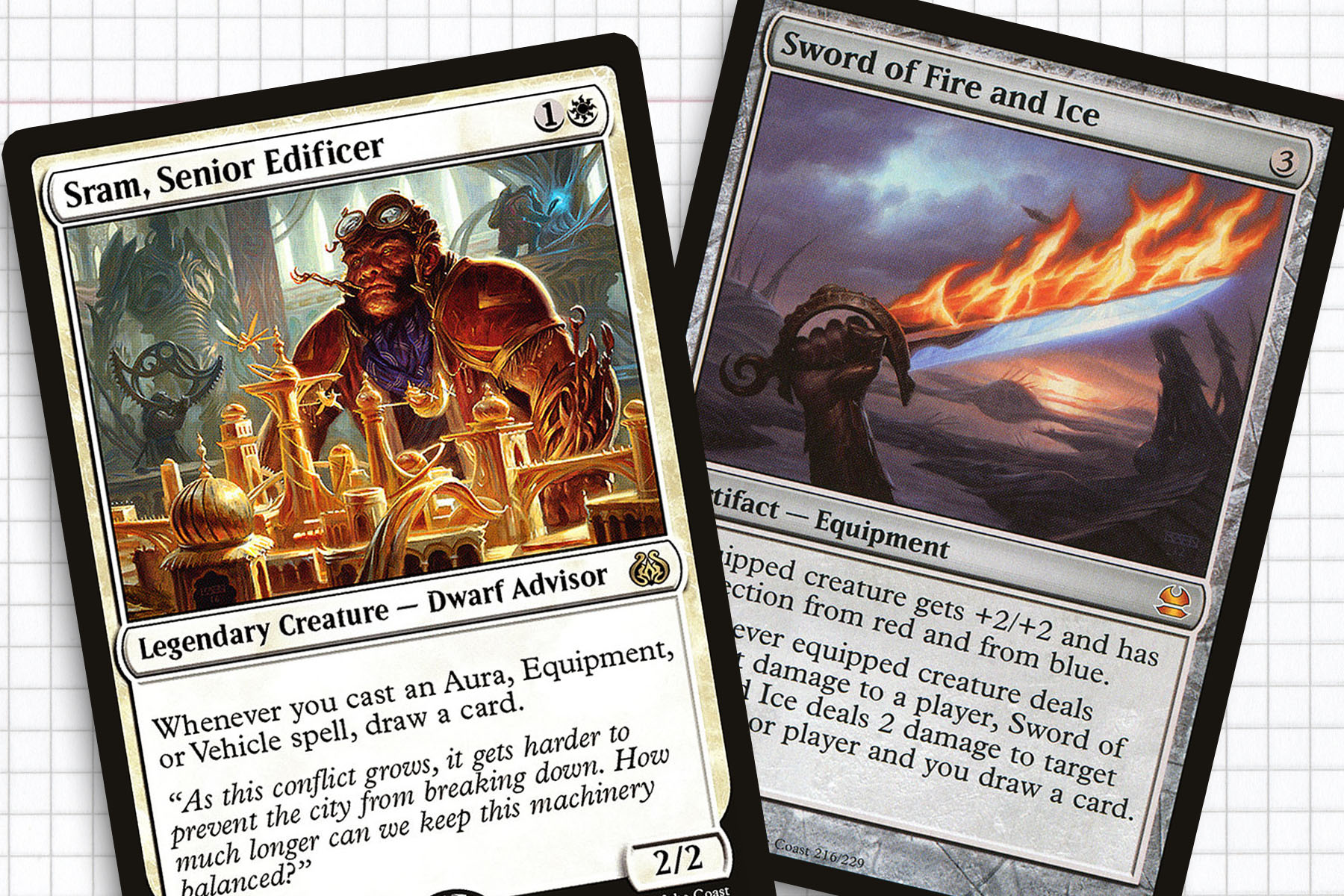One of the things I love about Commander is that just about any kind of deck is possible. Additionally, the Commander format invites deck variants and creativity. One of my first friends in the larger Minnesota Commander community, Alex Szeto, is known for wanting to build new decks with with varying restrictions. If we flash back to the summer of 2017, he was looking for some kind of deck-building restriction and that would eventually spawn what we colloquially called Dollar General or 1DH. While I haven’t talked about the format in quite a while, the variant Commander format never truly leaves my mind. We play the variant in the wild every once in awhile; and in the case of a secret santa deck exchange at GP Minneapolis, it’s always a good time.
Today’s deck takes a cue from one of Alex’s decks that he built for 1DH, a Lin Sivvi Rebels deck. Rebels was perfectly tailored for the format, since the tribe never became so popular that they held any value, especially in Commander. I have wanted to build a Rebels deck for quite some time. Since it would be mono-white, I never felt like the deck would be doing exactly what I would want to personally enjoy playing it. But with the advent of the Commander products and this year’s printing of Endless Atlas, I believe that there are enough answers that have now been printed to make this deck viable and offer the card advantage to overcome my handicap of not always being optimal at Magic.
Since I am somebody who generally marches to the beat of my own drum, I’ve decided—with the helpful nudge of my editor—that this can’t just be a simple Lin Sivvi, Defiant Hero deck, but a Nahiri, the Lithomancer deck with the theme of rebels. To play on themes, Nahiri will be our Jedi master, passing out lightsabers—sword-themed equipment—to all our rebel scum.
Nahiri, the Lithomancer
The tale of Nahiri is pretty well established in Magic’s lore, but her appearance as one of the “villains” in Shadows Over Innistrad is probably going to be what she’s best known for. When she’s not summoning Emrakul to Sorin’s homeworld and locking the vampire in a wall, she’s an ancient pre-mending planeswalker who helped seal the Eldrazi away on Zendikar, her homeworld, by crafting the plane’s iconic herdons.
From mtg.gamepedia:
She took on pupils and taught them to maintain the hedron network. Centuries later she became tired of living, and withdrew in a meditational slumber. The centuries passed and her teachings about the Eldrazi became garbled; Talib (Kozilek), Kamsa (Emrakul) and Mangeni (Ulamog) became the revered gods of the Kor. Nahiri was worshipped as the “prophet of Talib”, who taught the kor the arts of lithomancy.
Seeing print in the 2014 Commander product, Nahiri, the Lithomancer is one of sixteen planeswalkers that can be your general (when you include the Origin Walkers and Nicol Bolas, the Ravager). She does a great job of protecting herself by making Kor tokens that can auto-equip, summon equipment to the battlefield from your hand or graveyard, and a handy sword as an ultimate. She doesn’t meet all the criteria for being an excellent planeswalker general that I outlined back in March; but since she gains loyalty in chunks and protects herself, I think she could be seeing more play than she presently does.

I Rebel
Coming to Magic in the Mercadian Masques block, rebels were the white half of a mirrored pair of tribes (mercenaries being the black half) who had a central theme of recruiting other members. The rebels were far more tournament viable, as creatures such as Ramosian Sergeant could search for rebels in a chain going upward, while the mercenaries went downward in their chain. Much like how the rebels in Star Wars fought the Galactic Empire, the Mercadian rebels were fighting off the invading Phyrexians.
In truth the least original part of my draft of this deck is going to be the Rebel creature base. I have chosen to not include all of them; but of the 39 creatures in the deck, 22 are technically rebels that can be tutored for, once we include changelings:
Amrou Scout, Amrou Seekers, Aven Riftwatcher, Blade of the Sixth Pride, Changeling Hero, Cho-Manno, Revolutionary, Defiant Falcon, Defiant Vanguard, Jhovall Queen, Jhovall Rider, Lawbringer, Lightbringer, Lin Sivvi, Defiant Hero, Mirror Entity, Nightwind Glider, Ramosian Captain, Ramosian Commander, Ramosian Lieutenant, Ramosian Sergeant, Ramosian Sky Marshal, Thermal Glider, and Zealot il-Vec
The desired effect is that we should maintain a solid presence on the board and always have something to equip, very much like a Caw-Go deck. I do wish the creature type could show up from time to time—I especially thought it was going to happen in Aether Revolt—where the word “rebel” came up a few times. I understand that a precedent has been set for how the tribe normally, acts and there may be some concern with not following that trend. But that line of thinking has kept Samurai and Ninja creatures out of print for the better part of fifteen years with minimal exceptions, and I think that is a bad self-imposed rule.

Maintaining Card Advantage
One of the hard parts of building a deck in Commander that doesn’t have Blue’s card draw or Green ramping is that you often are limited by the outlets you have to gain card advantage. White has always been my least favorite monocolor to build around because of this. While not a hard problem to overcome in some respects, I often found myself not wanting to only gain advantage through Endless Horizons or Knight of the White Orchid in my early years with the format.
Luckily, it’s become a tradition for Commander products to invent new cards that will offer colorless options for card advantage, just usually not as good as the simpler options colored spells offer. We’ve been blessed in the last few years with cards like Sandstone Oracle, Herald’s Horn, Surveyor’s Scope, Endless Atlas, and especially Oreskos Explorer as our Gift of Estates on a body. Even though its not entirely needed in a monocolored deck, Commander’s Sphere is an option just for the draw ability connected to colored mana that something like Hedron Archive can’t offer. Not all of these have place in my first draft of this deck, but are on the shortlist once I’ve done the testing and refinement to identify cards that don’t need to be in the deck.

Distributing Swords
Finally, we have our lightsabers. Our general does double duty by sneaking them into play and creating tokens that pick them up right away, not to mention several outlets to tutor for them. As such, we will not need to have a huge suite of equipment. The immediate includes are the Mirrodin swords, namely the Sword of Feast and Famine and Sword of Fire and Ice. After that, Sword of the Animist and Prying Blade can supply us with additional mana. Sword of Vengeance can give our creatures haste and while not a sword, Hammer of Nazahn will give us an indestructible source of free attaching.
In the early turns, we can either be using our creatures to tutor more creatures or casting spells to find equipment; either Steelshaper’s Gift or Quest of the Holy Relic is the desired turn one play. Open the Armory and Stoneforge Mystic are desirable second turn plays. And Steelshaper Apprentice is slower, but combos well with Nahiri when we want to be sneaking equipment into play. The rest of the equipment-minded suite can be made up of creatures that gain advantage off our equipment being cast or change how our equipment moves around our board: Auriok Steelshaper, Balan, Wandering Knight, Brass Squire, Danitha Capashen, Paragon, Kor Outfitter, Leonin Shikari, Sram, Senior Edificer, and Stone Haven Outfitter.
I suspect that Balan can be an all star here, because being able to all your equipment at instant speed. He was an overlooked creature from last year’s expansion that I never expected to make waves as a general, but should be in more than the 150 decks currently listed on EDHrec. Lastly for this section, I wanted to highlight Refurbish and Teshar, Ancestor’s Apostle as methods of recurring any weapons we might lose of the course of the game—a sacrificed Burnished Hart, or Surveyor’s Scope to help us rebuild after a board wipe. I would normally rely on the recursive planeswalker sitting in our command zone, but I also want to be ready with contingency plans.
Monocolor decks (specifically white and red) are beginning to see a lot of tools they can use to have a better presence in Commander. It’s exciting, because they’ve gained so many tools in the last few years that make it much more realistic to want to build in those colors.
Writing this week also reminded me that I have overlooked Dollar General as a viable variant to write about. And I think maybe next week I will try to touch on that topic. As of the new Ravnica spoilers are spilling out, I have a suspicion that I will want to be writing about the set a lot in the future. As such I’m going to go deep into the tank and see if there are any Dollar General options that I can write about in the meantime before we get into the onslaught of Ravnica! Until next time, thank you.

